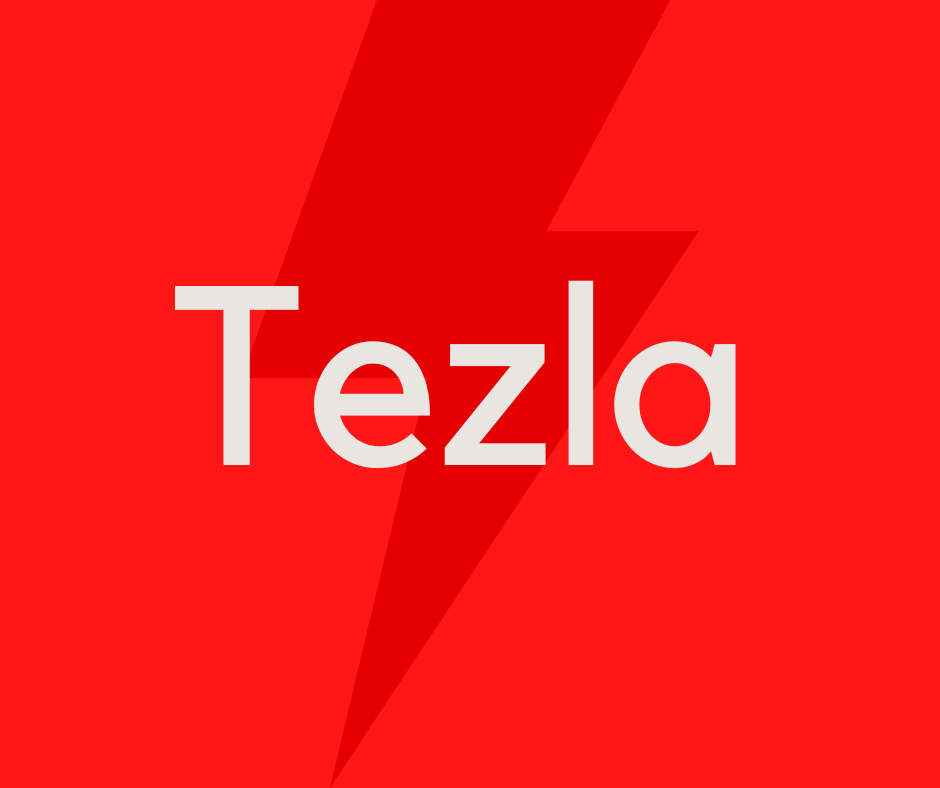Komputer AI Super Terpantas Dunia 20 Kali Lebih Berkuasa Dari Versi Awal
- MOHD EZLI MASHUT
- Jul 31, 2021
- 3 min membaca

Foto Sumber: Thor Swift, Berkeley Lab
INOVASI | Makmal Pusat Pengkomputeran Ilmiah Penyelidikan Tenaga Nasional Berkeley (NERSC) secara rasmi melancarkan Perlmutter (aka NERSC-9), superkomputer terpantas masa kini dengan GPU yang dibina oleh HPE dengan kerjasama AMD dan Nvidia.
Penyelidik NERSC mendakwa bahawa menggunakan GPU memberikan peningkatan prestasi sehingga 20 kali iaitu peningkatan yang secara signifikan dengan mempercepatkan aliran kerja dari beberapa bulan atau minggu hingga kepada hanya beberapa jam, lapor portal Intelligent Living.
Wahid Bhimji, ketua kumpulan perkhidmatan data dan analitik NERSC, berkata dalam catatan blog Nvidia:
'AI for science is a growth area at the U.S. Department of Energy, where proof of concepts are moving into production use cases in areas like particle physics, materials science, and bioenergy.
People are exploring larger and larger neural network models, and there’s a demand for access to more powerful resources, so Perlmutter, with its A100 GPUs, all-flash file system, and streaming data capabilities, is well-timed to meet this need for AI.'
Sistem ini adalah nama ahli astrofisikologi Berkeley Lab, Saul Perlmutter, yang berkongsi Hadiah Nobel Fizik 2011 atas sumbangannya dalam penyelidikan yang menunjukkan bahawa pengembangan alam semesta semakin pesat.
Dengan pantas, salah satu kes penggunaan awal komputer super Perlmutter akan menyokong Instrumen Spektroskopi Tenaga Gelap (DESI), yang meneliti kesan tenaga gelap terhadap pengembangan alam semesta.
Sistem Perlmutter akan memproses data dari DESI - yang dapat menangkap hingga 5,000 galaksi dalam satu paparan - untuk memetakan alam semesta yang dapat dilihat - merangkumi 11 bilion tahun cahaya.
Selain itu, penyelidik perlu menilai data instrumen yang mahal pada malam sebelumnya untuk mengetahui di mana ia akan ditunjukkan seterusnya. Perlmutter dapat membantu mempercepat langkah ini dengan menganalisis puluhan pendedahan yang cukup cepat untuk memberikan maklum balas tepat pada masanya untuk kitaran malam berikutnya.
Sains bahan harus melihat manfaat yang serupa, dengan Perlmutter meletakkan jalan untuk kemajuan bateri dan biofuel. Aplikasi seperti Quantum Espresso dapat memanfaatkan kemampuan pembelajaran mesin dan simulasi tradisional Perlmutter, yang membolehkan para penyelidik mempelajari lebih banyak atom dalam jangka masa yang lebih lama.
Kata Dr. Perlmutter :
This is an exciting time to be combining the power of supercomputer facilities with science, and that is partly because science has developed the ability to collect huge amounts of data and bring them all to bear at one time. This new supercomputer is exactly what we need to handle these datasets. As a result, we are expecting to find discoveries in cosmology, microbiology, genetics, climate change, material sciences, and pretty much any other field you can think of.
The HPE Cray EX supercomputer harnesses 6,159 Nvidia A100 GPUs and ~1,500 AMD Milan CPUs to deliver nearly 3.8 exaflops of theoretical “AI performance” or about 60 petaflops of peak double-precision (standard FP64) HPC performance.
Nvidia reported that Quantum Espresso, BerkeleyGW, and NWChem all could leverage Nvidia’s FP64 Tensor Cores, unlocking double the performance of the standard FP64 format — 19.5 teraflops versus 9.7 teraflops (peak theoretical) per GPU. (Nvidia reports that Perlmutter provides 120 petaflops of peak FP64 Tensor Core performance.)
The first phase of Perlmutter spans 12 GPU-accelerated Cray EX cabinets (aka “Shasta”) housing more than 1,500 nodes and 35 petabytes of an all-flash parallel file system (HPE E1000). According to NERSC, the Lustre filesystem will move data at a rate of more than 5 terabytes/sec, making it the fastest storage system of its kind.
“The Perlmutter system is direct liquid-cooled and uses HPE’s Cray-developed Slingshot interconnect technology.
A second CPU-only phase is planned for later this year. Phase 2 adds 12 CPU cabinets with more than 3,000 nodes, equipped with two AMD Milan CPUs with 512GB of memory per node. According to NERSC, the Phase 2 system also adds 20 more login nodes and four large memory nodes.
On the software side, Perlmutter users will have access to the standard NVIDIA HPC SDK toolkit, and support for OpenMP is forthcoming through a joint development effort with NERSC.
“Python programmers will be able to use RAPIDS, Nvidia’s open software suite for GPU-enabled data science.
Sumber: Intelligent Living

.png)
.png)








Komen